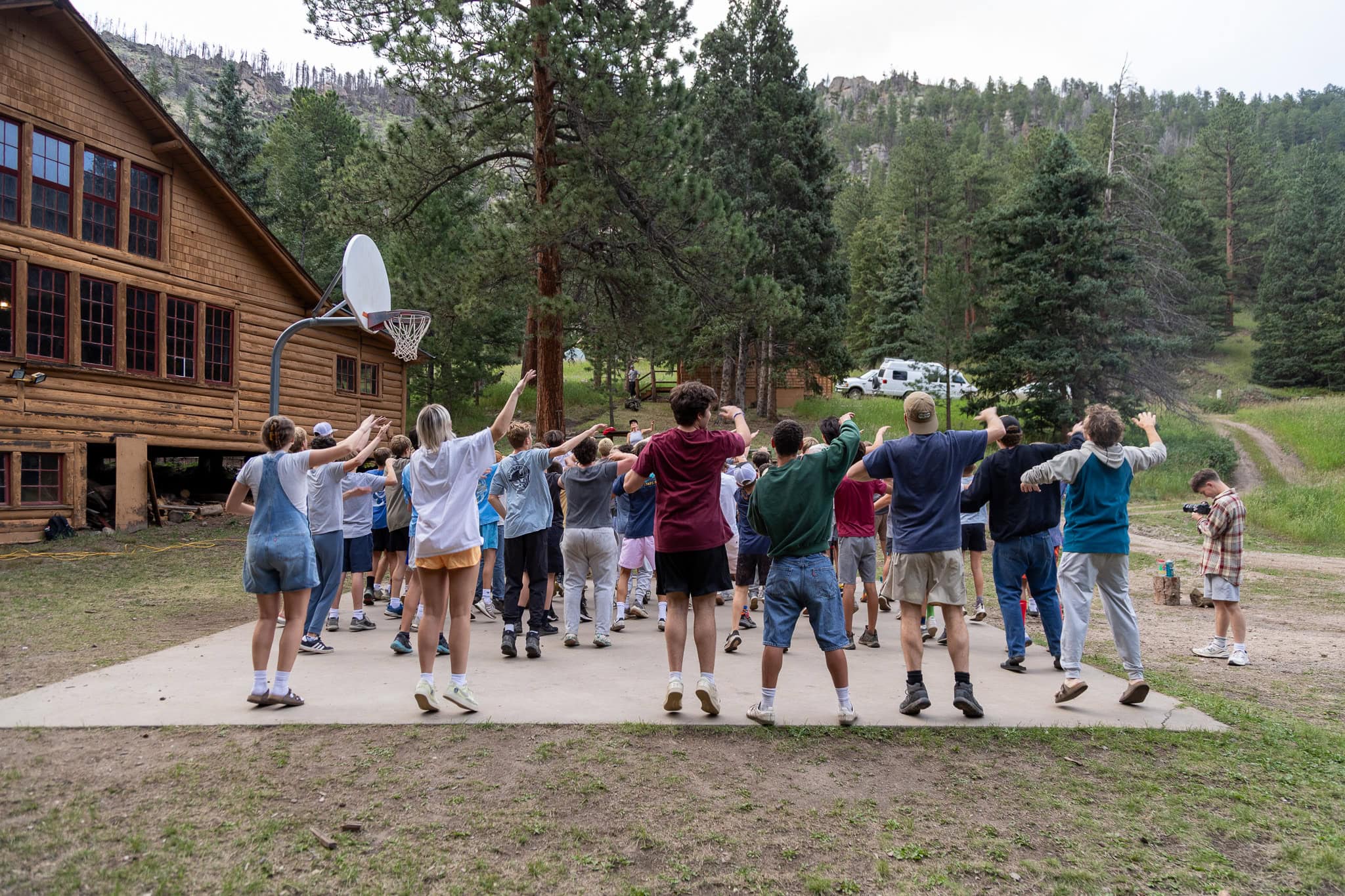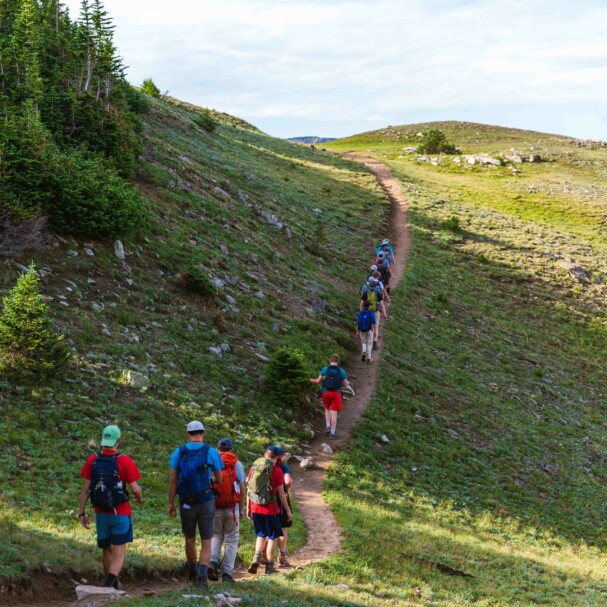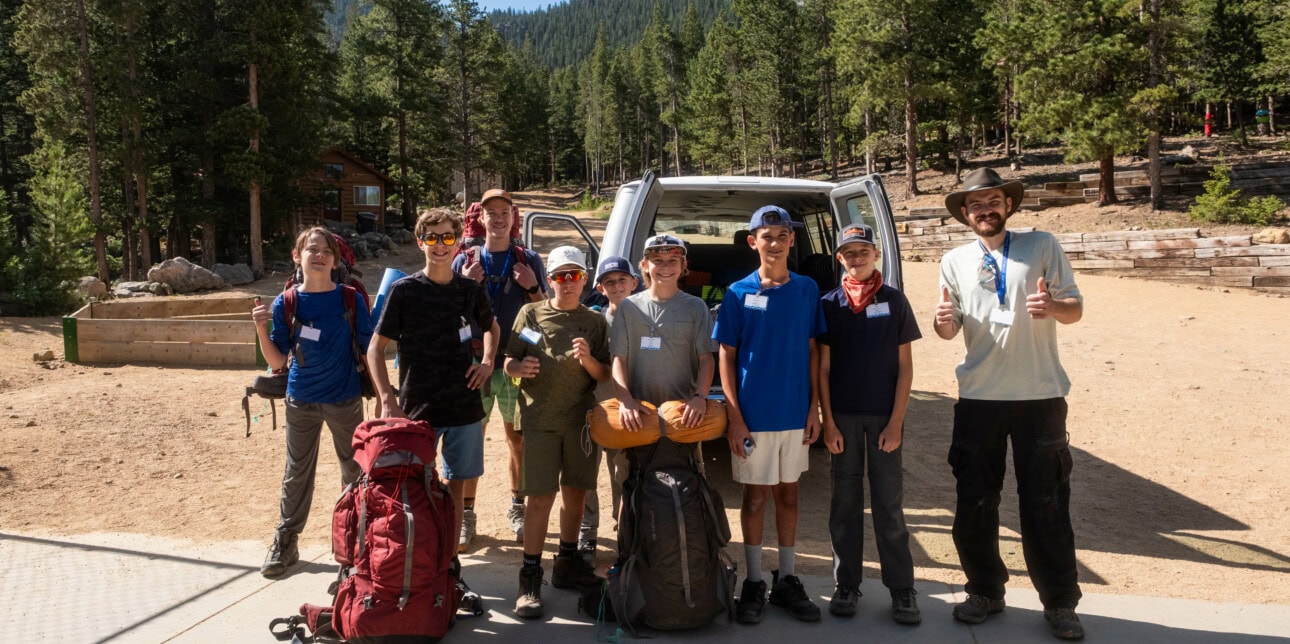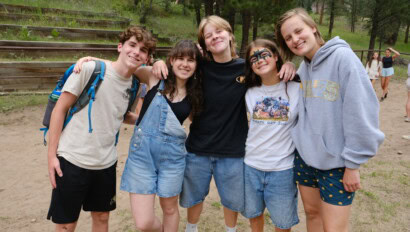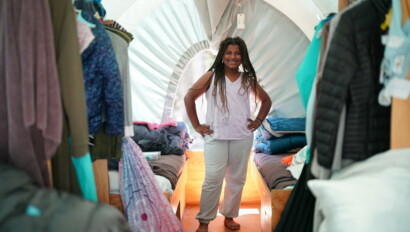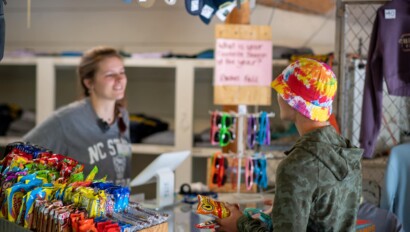Understanding the “Choice Year”
At Cheley, we refer to age 14 as a “choice year.” It’s a meaningful transition point where campers—and their families—may be deciding between staying in their current unit or stepping into a new one.
Depending on their birthday, grade, social dynamics, or readiness, some campers at 14 remain in the same unit they’ve been part of (like Ski Hi or Chipeta), while others move up to one of our high school units (Haiyaha or Senior Chipeta). And for those at our Trail’s End camps, there’s an important patch-related choice to make as well. It’s not about right or wrong; rather, it’s about what’s right for your camper.
Why Some 14-Year-Olds Stay
For campers in Ski Hi or Chipeta (typically ages 12–13), staying for one more summer can be an intentional and rewarding decision. Some 14-year-olds thrive as leaders in a familiar environment, helping younger campers and solidifying their confidence before moving on. Others want to stay because their closest friends are staying, and relationships can play a big role in a camper’s happiness and success.
We often work with families to determine the best fit based on emotional readiness, age, school grade, and social dynamics. Staying doesn’t mean staying behind. Many campers who remain in Ski Hi or Chipeta at 14 continue to grow as leaders and return the following year feeling even more prepared for the challenges of the high school units.
Why Some Move Up
Other campers are ready to take the leap. Moving into Haiyaha or Senior Chipeta typically happens at 14 or 15. These units are designed specifically for high school-age campers (14–17) and offer new challenges, greater responsibility, deeper traditions, and activities exclusive to older campers.
They also feature more independence, an older peer group, and a slightly more mature experience of camp life—perfect for those craving new ground to grow on. For some 14-year-olds, moving up is exactly what they need to keep camp fresh and exciting.
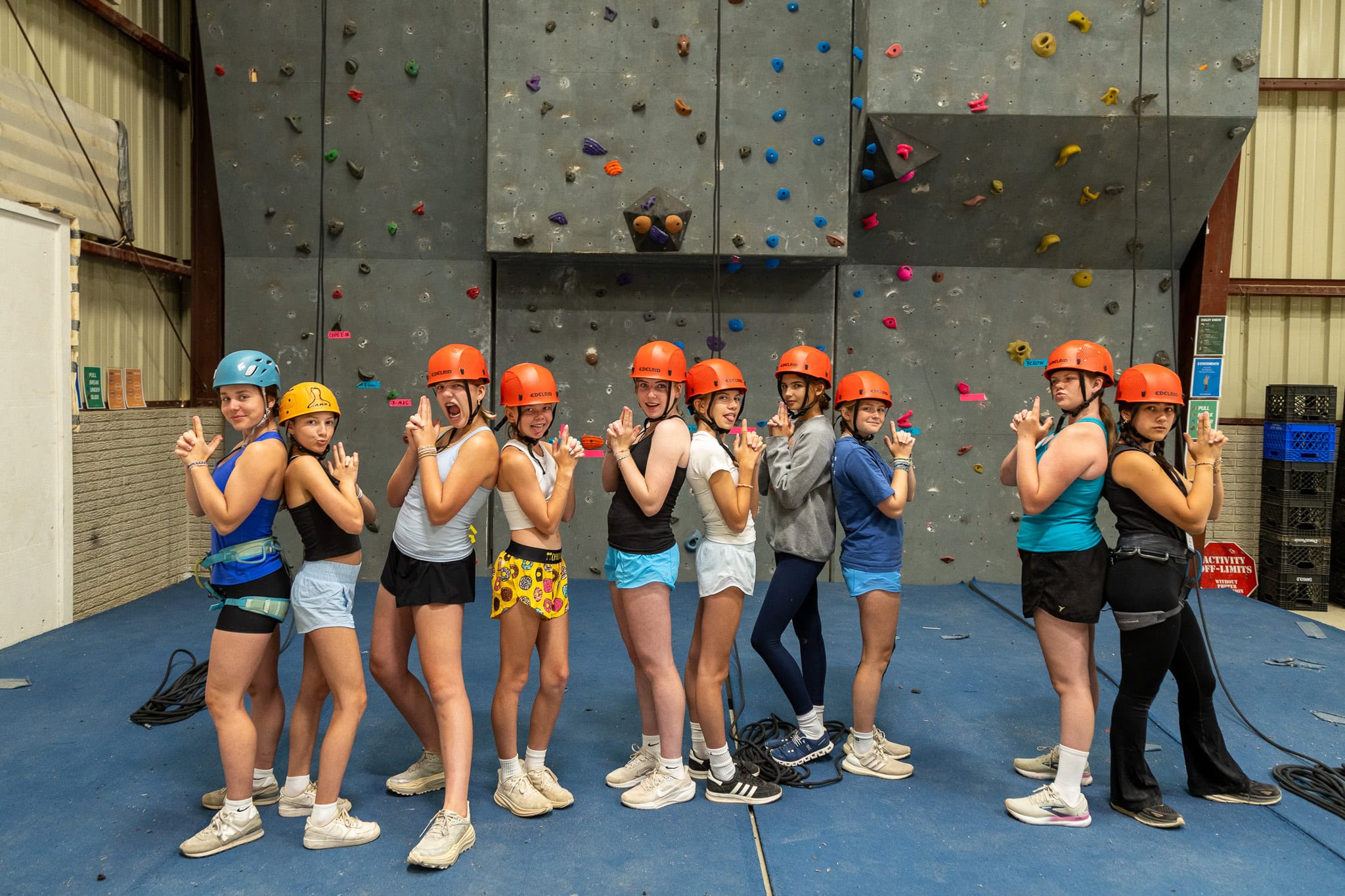
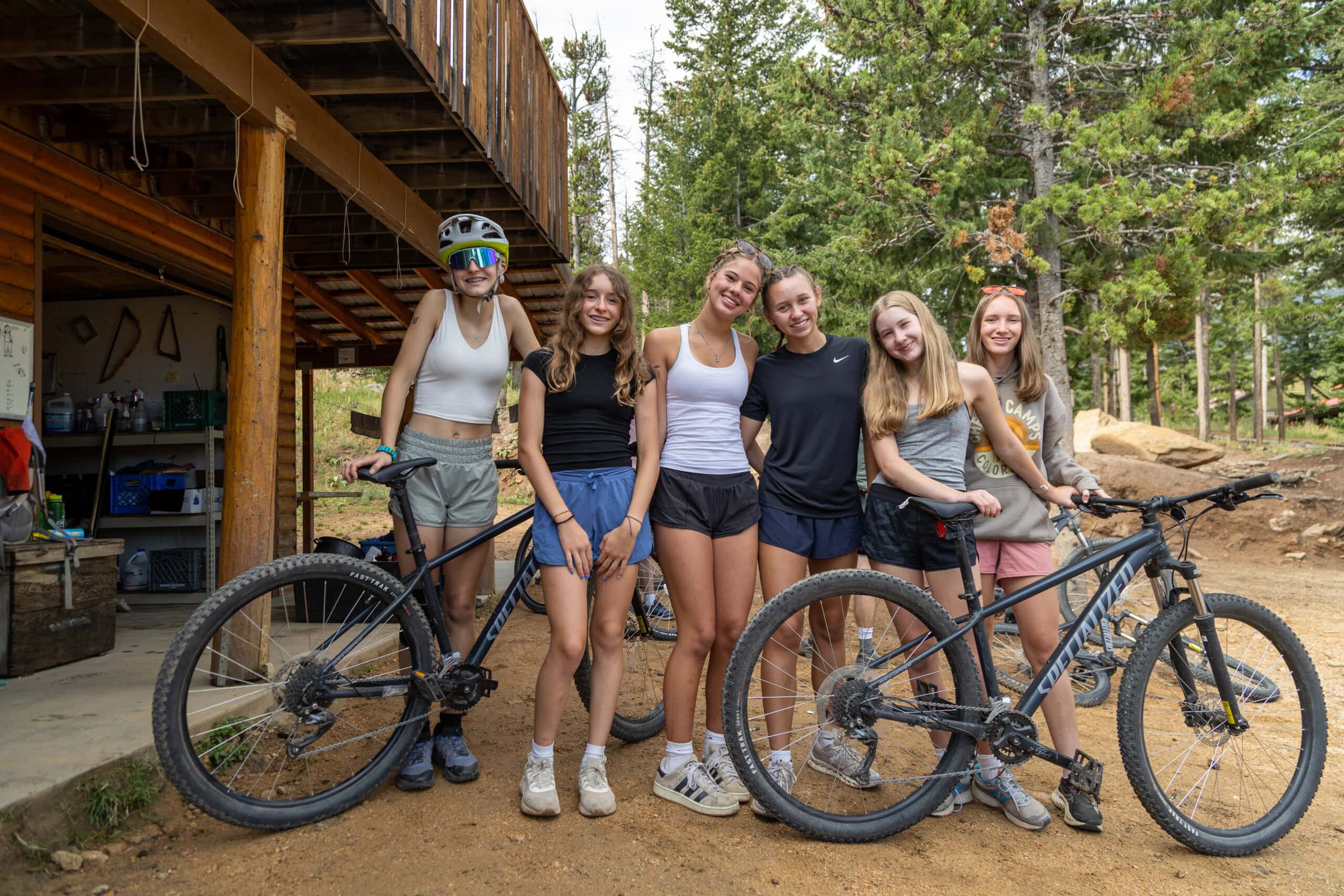
What About Trail’s End Campers?
At Girls’ Trail’s End (GTE) and Boys’ Trail’s End (BTE), campers don’t move between units as they get older. These units are designed as tight-knit, multi-age communities that serve campers from 12 to 17 years old, all under the same roof (or canvas!). However, 14 is still a “choice year” at the Trail’s Ends because of one specific decision: patch classification. Trail’s End campers work toward earning patches—recognitions of skill progression and commitment. These patches come in two versions:
- Junior patches (typically for ages 12–13)
- Senior patches (typically for ages 15–17)
At 14, campers get to choose which version to pursue. It’s a big moment! Both a symbolic and practical choice that determines their patch goals and often reflects how they see themselves within the community. Some 14-year-olds want the challenge of Senior-level expectations, while others feel better aligned with the Junior requirements for one more year. Either way, they’re choosing their own path.
So… What Should We Do?
There’s no single answer, and that’s the point. What’s beautiful about the “choice year” is that it empowers each camper and family to decide what’s best for this summer, with plenty of support from Cheley staff. Ask yourself:
- Is my camper eager for new challenges or finding fulfillment where they are?
- Are they ready to be surrounded by older campers or to lead among younger ones?
- Do they want a more mature camp experience, or are they still growing into that phase?
If your camper is at the Trail’s Ends, consider how they feel about taking on Senior-level patches or whether they’d prefer to stick with Junior goals for one more summer. Either way, this decision builds ownership and confidence.
And remember, staying doesn’t mean standing still. Moving up doesn’t mean rushing ahead. At Cheley, growth happens at different times for different people, and we honor that every step of the way.
Important note! It can be very difficult to change a camper’s unit once the summer begins. Because of this, we strongly recommend having a clear and intentional conversation with your camper before arrival about where they see themselves this summer. If you or your camper is unsure, feel free to ask us—or even a returning friend—before the summer starts. It’s always better to go in aligned than to be surprised once camp begins.
